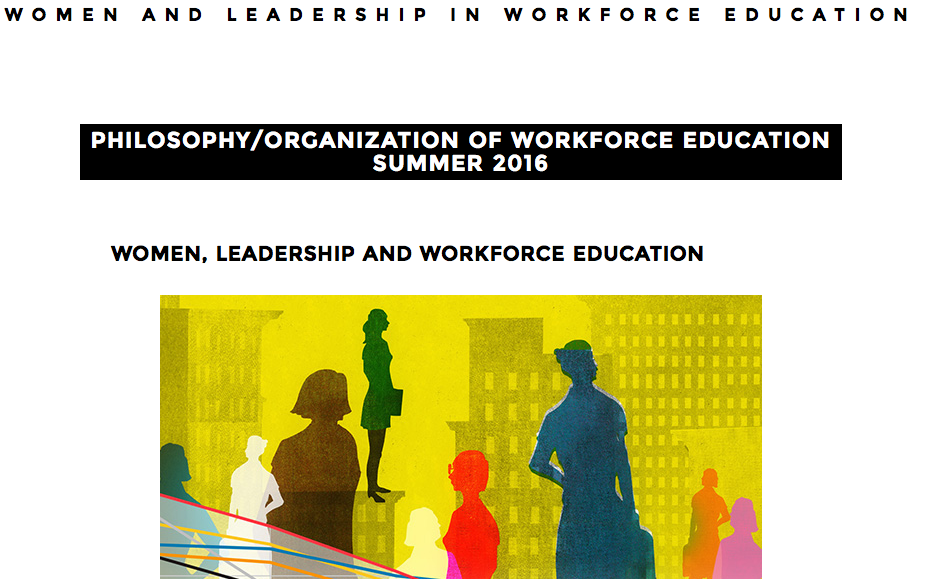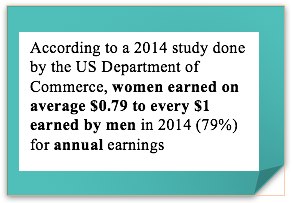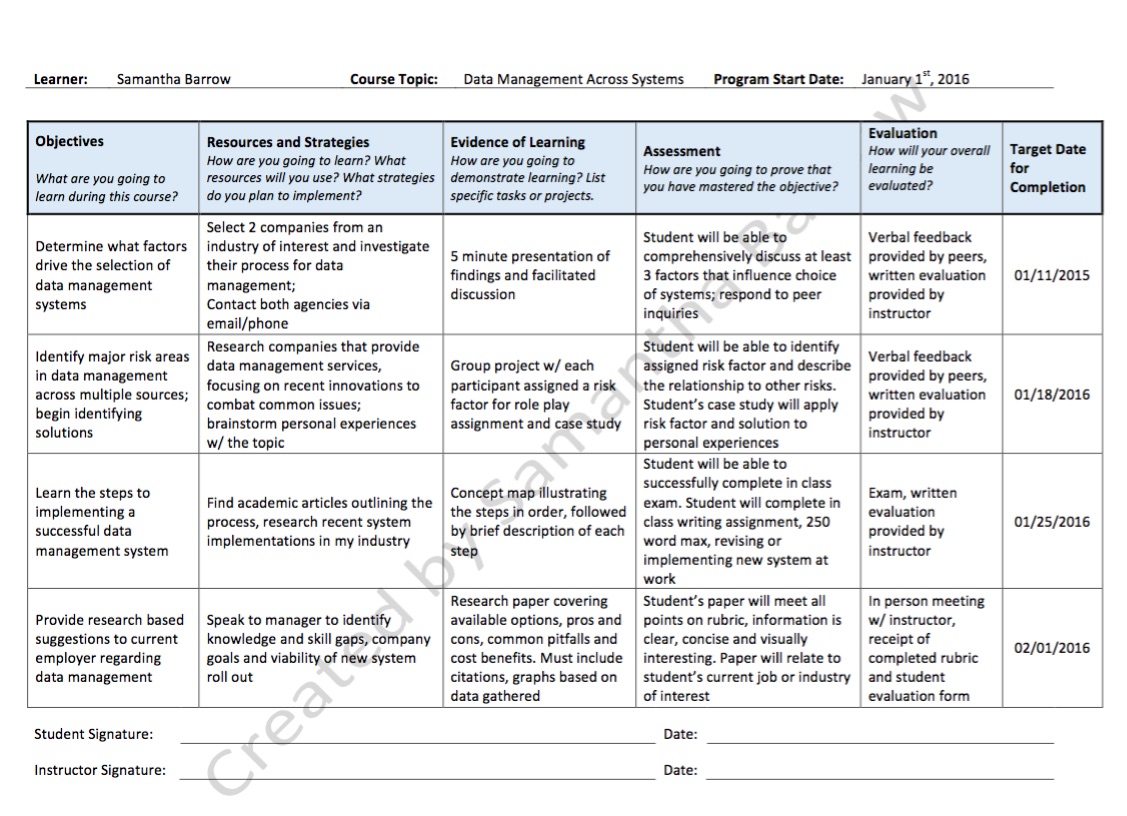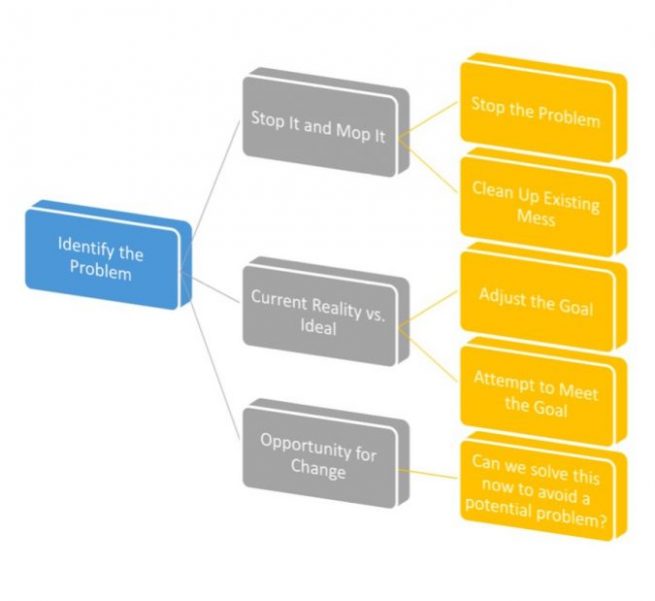This is part of a 3-part series focusing on applying adult learning theory in the workplace. To see the other articles, view A Brief Intro to Adult Learning Theory and Using Inter-team Collaborations to Promote Critical Thinking Skills
Current Problem
Where I currently work, we are finding that our instructors need and crave more targeted professional development. As mentioned in the Methodology section, adults want to know that what they are learning is relevant and has immediate application. If there is something that an instructor needs to know to do his/her job, then it is our responsibility to provide it. As a relatively new company, our resource library is limited and does not necessarily address the different skill gaps of our instructors, nor the levels at which they need to address them. In other words, we aren’t practicing differentiated learning. We are taking a one size fits all approach that leaves some instructors feeling lost and others feeling stagnant.
Proposed Solution
At the very simplest – build a searchable repository of professional development resources and pair this with the observations and assessments that are already happening. Ensure that all instructors across all campuses have access to this database and leverage instructor and employee knowledge to further populate it.

It’s extremely important that the resources you provide are accessible, relevant and accurate. Forgetting these simple guidelines can result in frustration (why do I need to learn this?), confusion (what does this mean/this contradicts something else), and resentment (I have to pay/drive an hour out of my way for this information) from learners.
Why Self Directed Learning?
You’re covering a few bases with this approach, most of which are covered in other parts of this site. Above all else, you are providing adults with actionable and applicable items. They can pursue as little or as much as they want to in order to meet the benchmarks set forth by their managers. They can also choose to expand their knowledge outside of the provided resources and are encouraged to improve their in class practice with the support of their instructional leaders.
In a classroom setting, this can be a useful tool for students who often finish early and crave additional knowledge. Conversely, it’s also a great tool for a student who is having trouble grasping a concept that everyone else has mastered. The missing information may be critical to the student’s success, so it cannot be glanced over. Instead, you can provide articles, textbooks, videos or other resources to allow the student to learn the concept on his/her own.
What it Looks Like
For me, this looks like a centralized web-based system that is managed by the instructional leaders across all campuses. Because this will be used by all instructors and is part of the message and culture of the company, it’s important that the information submitted is vetted and that it aligns with what you want to see in the classroom.

For you, this depends on the systems and process already in place for learning. Do you have a learning management system (LMS) like Canvas, Blackboard, Oracle or Schoology? If you answered yes, there might already be add-ons or functionality that allow you to build resource libraries. You may also be able to create videos, quizzes and other assessments that are specific to the goals of your course.
If you answered no, you can still create a system that ticks those three boxes. If you are working in an offline environment, have a listed of links, books, videos, etc to provide to students. Or, if you have books or articles in the classroom, suggest the student has a look during the break. You can also build a simple website, like this one, to act as an extension of the classroom materials.
How can I make this work for me?
SDL is best used when:
- There are small or simple tasks the audience needs to know before you can move forward. This is sometimes called pre-work and has been used in as a requirement for trainings and classes.
- A learner is struggling during class but you are unable to a)spend anymore time on the subject, b) provide the depth of knowledge necessary for understanding or c) adjust the lesson to address his/her preferred learning style.
- A learner is excelling and requires more stimulus to remain engaged in the lesson.
Want to give it a shot? Download this Adult Learning Application Cheatsheet to get started.














